Vulnerable Populations
The following is a list of all conten labeled as "Vulnerable Populations"
-
-
Document
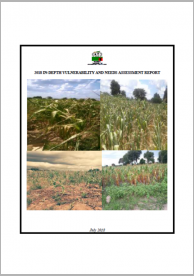
Analyse the impact of dry spells, floods and pest infestation (fall army worms and stalk borers) experienced in Zambia on society and the economy and the required actions for rehabilitation, recovery and to mitigate these impacts. The sample includes 58 districts of Zambia.
-
Document

The Livelihood Zoning “Plus” product resemble the Household Economy Approach. It includes a traditional livelihoods zoning component. In addition, some key characteristics of socioeconomic status explore the juxtaposition of the relatively poorer and relatively better-off households.
-
Document

The Risk, Vulnerability and Capacity Assessment (RVCA) for Kilosa district aimed to identify disaster risks, vulnerability and capacities in the district. The findings from the RVCA form the basis for the preparation of the District’s Emergency Preparedness and Response Plan (DEPRP).
-
Document

The Disaster Vulnerability Assessment Phase two study is aimed at determining the type, location and frequency of the disasters at national and regional level. To identify the current capacity and coping systems (organizational arrangement) at national and regional level.
-
Document
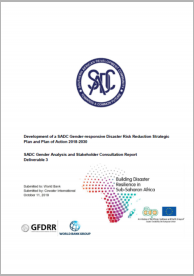
This report for SADC summarizes the findings of the gender analysis of the SADC Secretariat and member states.
-
Document
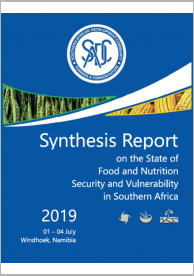
This report provides an overview of vulnerability across the region, especially as it relates to food and nutrition security. Central to its analysis is the information provided by respective National Vulnerability Assessment Committees at the Regional Vulnerability Assessment and Analysis Annual Dissemination Forum, held from 01 to 04 July 2019 in Windhoek, Namibia.
-
Document
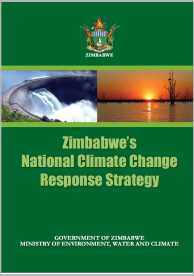
Zimbabwe’s Climate Change Response Strategy mainstreams climate change through a sectorial approach to ensure that each sector implements adaptation and mitigation actions. Each sector will therefore be able to direct its project proposals to the appropriate funding mechanism.
-
Document
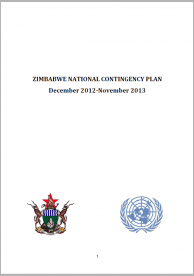
The overall objective of the National Contingency Plan is to help ensure that Government, partners and civil society mount a timely, consistent and coordinated response to anticipated hazards during the 2012–2013 planning period in order to minimise potential humanitarian consequences and initiate linkages for the early recovery of affected communities.
-
Document

The objectives of the Humanitarian Response Plan for the period of 2019 -2020 were to:
- Provide immediate life-saving and life-sustaining assistance to the population affected by severe food insecurity
- Strengthen the resilience of the most vulnerable communities to mitigate the impact of drought.